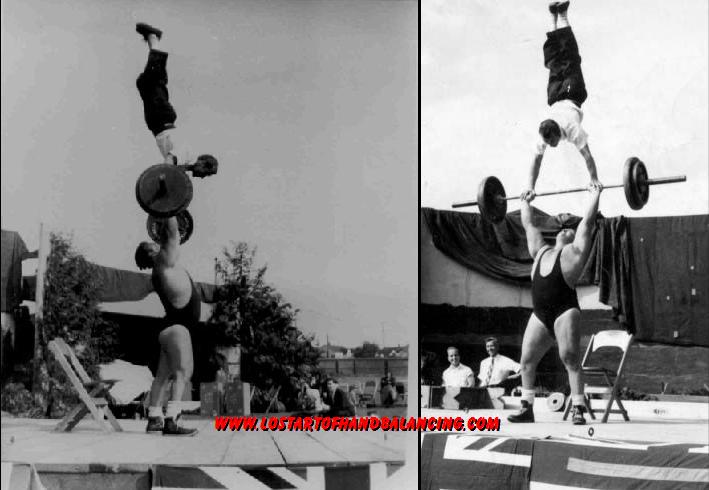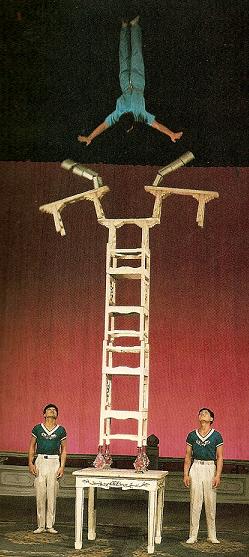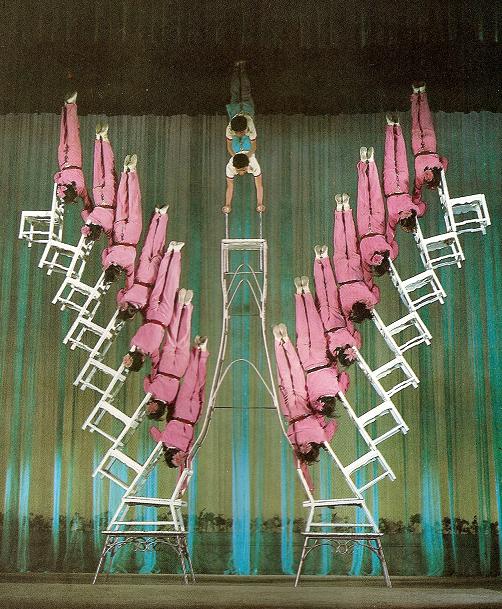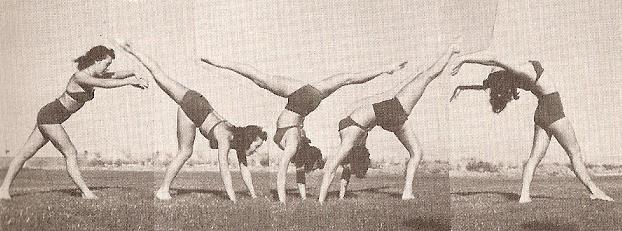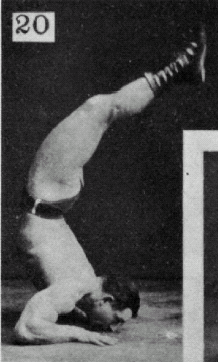This is one of my favorite pictures of all time with Doug Hepburn balancing a 205 lb. barbell plus a 145 lb. man doing a handstand on top.. Just recently I came across the same picture from another view. A perfect blend of strength and balancing.
Not any strong person could hold this. Besides the 350 lbs. of weight it is really the responsibility of the under-stander to keep the person in the handstand balanced.
If you haven’t heard of Doug Hepburn you may want to check him out. Suffice to say he was an all-around strongman, setting many weightlifting records in his time, and this was starting crippled at a young age.
What most people don’t know is that he was also a fine hand balancer.
Early in his career he was capable of twelve reps in the handstand press and five reps in the tiger-bend.
That’s some strength there.
Seeing and hearing about people like Doug Hepburn and Bert Assirati all doing hand balancing you can’t possibly think that hand balancing is only for the small framed.
Large size is no excuse.
Good Luck and Good Hand Balancing,
Logan Christopher
P.S. Can’t say that being small doesn’t help though. Professor Paulinetti weighed around 110 lbs which made the One Arm Planche possible. To duplicate some of his feats check out The True Art and Science of Hand Balancing.

